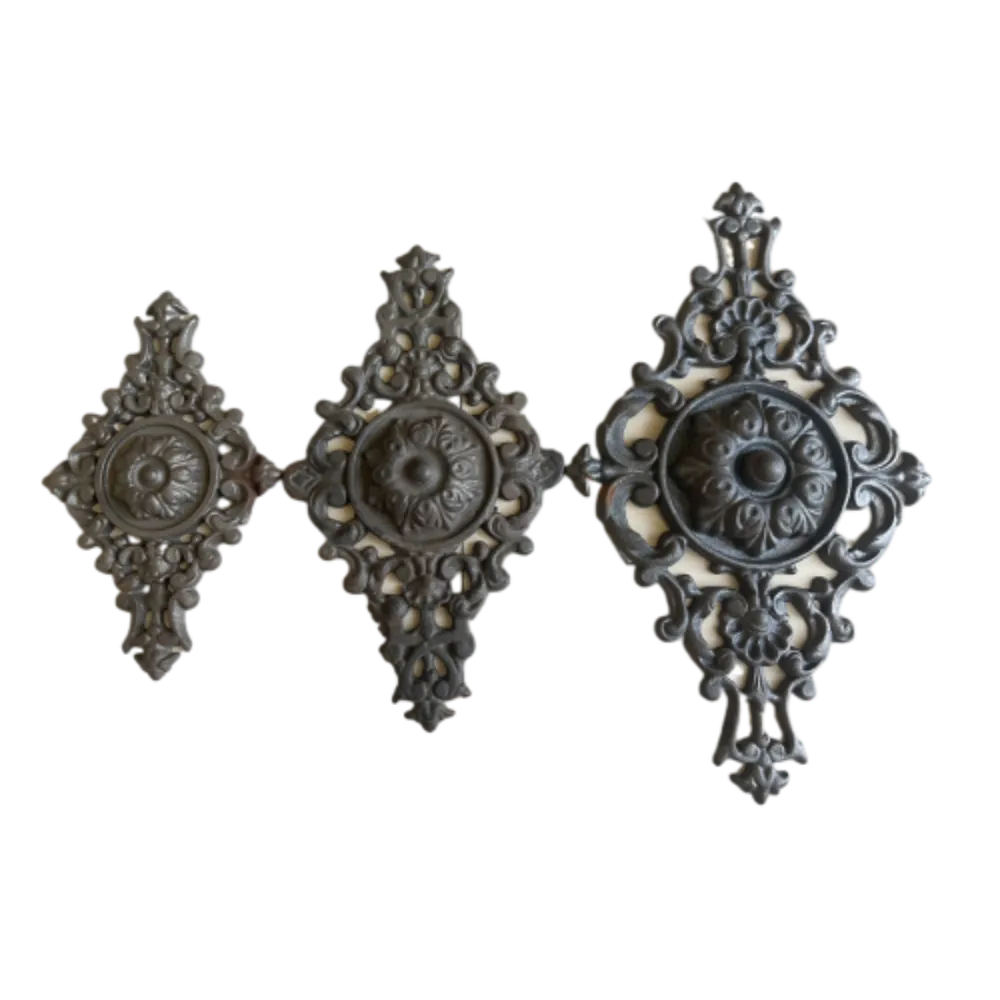Elegant Designs in Ornamental Ironwork for Stunning Home Enhancements
The Art and Craft of Ornamental Iron
Ornamental ironwork is a timeless craft that combines artistry and functionality, creating beautiful metal designs that enhance both aesthetics and security. From intricate railings and gates to decorative furniture and fixtures, ornamental iron has been a popular choice in architecture and design for centuries. Its robust nature and versatile applications make it a staple in various settings, from residential homes to commercial properties.
Historical Context
The history of ornamental iron dates back to the Middle Ages, when blacksmiths began to experiment with wrought iron, crafting utilitarian objects while simultaneously showcasing their artistic flair. As iron became more accessible due to advances in metallurgy, it was increasingly used for decorative purposes. The Renaissance period saw a flourish of ornate ironwork, especially in Europe, where intricate gates, balconies, and window grills adorned the facades of grand buildings. Each piece was a testament to the skill and creativity of the blacksmith, who used their forge to transform raw metal into stunning artworks.
Techniques of Creation
Creating ornamental ironwork involves a variety of techniques that require a high level of skill and craftsmanship. The primary method is wrought iron forging, where metal is heated and shaped using hammers and tools. This process allows artisans to create complex curves, spirals, and patterns that are not only visually striking but also structurally sound.
Another popular technique is casting, where molten iron is poured into molds to create specific shapes or designs. This method allows for greater precision in replicating designs and can produce elaborate, detailed patterns that are challenging to achieve with traditional forging methods. Additionally, modern technological advancements such as laser cutting and CNC machining are increasingly being employed to create intricate designs with high accuracy.
Aesthetic Appeal
The aesthetic appeal of ornamental iron cannot be overstated
. Its versatility allows it to complement various architectural styles, from classical to contemporary. Wrought iron is often seen in historical buildings, conveying a sense of timeless elegance and authenticity. In contrast, more modern designs can take on minimalist and abstract forms, using clean lines and geometric shapes to create a striking visual impact.ornamental iron

Ornamental iron can also be combined with other materials such as wood, glass, or stone, enhancing its aesthetic value. For instance, wrought iron railings complemented by wooden banisters create a warm and inviting atmosphere, while glass panels in iron frames can offer transparency and lightness, transforming spaces without compromising security.
Practical Applications
Beyond its beauty, ornamental ironwork serves practical purposes. It offers security, durability, and low maintenance, making it an ideal choice for gates, fences, and balustrades. The strength of iron provides enhanced protection for homes and businesses, while its decorative elements ensure that functionality does not come at the cost of style.
Ornamental iron also finds its place in garden and landscape design. Sculptures, trellises, and arbors made from wrought iron can add a distinctive character to outdoor spaces, blending seamlessly with nature while providing structure and support for climbing plants.
Sustainability and Modern Trends
In recent years, there has been a growing emphasis on sustainability in design and manufacturing processes. Many artisans are now focusing on the use of recycled materials and environmentally friendly practices when creating ornamental iron. This not only reduces the carbon footprint but also tells a story of renewal and consciousness in craftsmanship.
As we progress into the future, ornamental ironwork continues to evolve. Designers are experimenting with finishes, colors, and hybrid materials, pushing the boundaries of traditional ironwork into contemporary realms. The rise of bespoke design also means that homeowners can now commission unique pieces that reflect their individual tastes and lifestyles.
Conclusion
Ornamental ironwork represents a unique intersection of beauty, strength, and craftsmanship. As both a decorative and functional element, it adds character and value to any space. Whether in grand architectural statements or subtle interior detailing, the art of ornamental iron is a legacy that continues to thrive, adapting to contemporary trends while honoring its historical roots.
-
Wrought Iron Components: Timeless Elegance and Structural StrengthNewsJul.28,2025
-
Window Hardware Essentials: Rollers, Handles, and Locking SolutionsNewsJul.28,2025
-
Small Agricultural Processing Machines: Corn Threshers, Cassava Chippers, Grain Peelers & Chaff CuttersNewsJul.28,2025
-
Sliding Rollers: Smooth, Silent, and Built to LastNewsJul.28,2025
-
Cast Iron Stoves: Timeless Heating with Modern EfficiencyNewsJul.28,2025
-
Cast Iron Pipe and Fitting: Durable, Fire-Resistant Solutions for Plumbing and DrainageNewsJul.28,2025
-
 Wrought Iron Components: Timeless Elegance and Structural StrengthJul-28-2025Wrought Iron Components: Timeless Elegance and Structural Strength
Wrought Iron Components: Timeless Elegance and Structural StrengthJul-28-2025Wrought Iron Components: Timeless Elegance and Structural Strength -
 Window Hardware Essentials: Rollers, Handles, and Locking SolutionsJul-28-2025Window Hardware Essentials: Rollers, Handles, and Locking Solutions
Window Hardware Essentials: Rollers, Handles, and Locking SolutionsJul-28-2025Window Hardware Essentials: Rollers, Handles, and Locking Solutions -
 Small Agricultural Processing Machines: Corn Threshers, Cassava Chippers, Grain Peelers & Chaff CuttersJul-28-2025Small Agricultural Processing Machines: Corn Threshers, Cassava Chippers, Grain Peelers & Chaff Cutters
Small Agricultural Processing Machines: Corn Threshers, Cassava Chippers, Grain Peelers & Chaff CuttersJul-28-2025Small Agricultural Processing Machines: Corn Threshers, Cassava Chippers, Grain Peelers & Chaff Cutters












